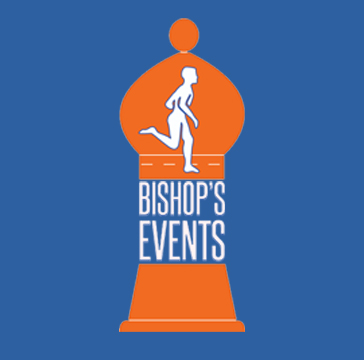John Gruber and The Star Spangled Banner
s many know, The Star Spangled Banner was written by Francis Scott Key immediately following his witnessing the long and unsuccessful British attack on Fort McHenry in an attempt to capture the City of Baltimore during the War of 1812. While few actually know the circumstances by which he came to draft such verse, even fewer know how it became wedded to its familiar tune or when it first appeared in print as an American song. In an attempt to detail a more complete history here, it was a surprise to discover that the founder of The Hagerstown Town and Country Almanack, prominent Hagerstown printer, John Gruber and his partner and son-in-law, Daniel May, played a pivotal role in establishing it as a popular American song that would later become our National Anthem!
In December of 1907, the Librarian of Congress, Herbert Putnam, commissioned his Chief of the Music Division, Oscar George Sonneck, "to bring together the various versions both of text and of music with notes as to the historical evolution” of the most popular and significant songs in American history. His research was published in 1909 as the "Report on The Star Spangled Banner’, ‘Hail Columbia’, ‘America’ and ‘Yankee Doodle Dandy’”. Though Sonneck admits in the Prefatory Note of his report that his work is not a true scholarly example of historical research, he does conclude that "though not intended for popular consumption, it may be used for popular consumption with a reasonable assurance of accuracy”. This report was used as the main source for this article and clearly points out the Gruber-May connection to The Star Spangled Banner. For more details on this fascinating story directly from Sonneck's scholarly and well refernced account in his original Library of Congress publication, go to https://archive.org/details/reportonstarspa00sonng
oog/page/n35.
THE ORIGIN OF THE LYRICS
Francis Scott Key 1779-1843) was a young American lawyer and amateur poet who resided in Georgetown, a rather small commercial community on the outskirts of Washington, DC. In 1814, acting under a flag-of-truce sanctioned by President Monroe, Key was sent to negotiate the release of several prisoners, one being a personal friend, Dr. William Beanes of Upper Marlborough, Maryland. Beanes had been detained by the British after placing several British troops under house arrest for rowdiness and looting after the Battle of Bladensburg. After dining on board the HMS Torrent with Vice Admiral Alexander Cochrane, Rear Admiral Sir George Cockburn, and Major General Robert Ross, it was determined that Key and American Prisoners Exchange Agent Colonel John Stuart Skinner knew too much about the strength and position of British troops poised to attack Baltimore. Thus, they were not allowed to return to their sloop. Key was then unable to do anything but watch the attack on Fort McHenry from his vantage point at the mouth of the Patapsco River as the Battle of Baltimore began on September 13th.
For more on JOHN GRUBER AND THE STAR SPANGLED BANNER, click here



















